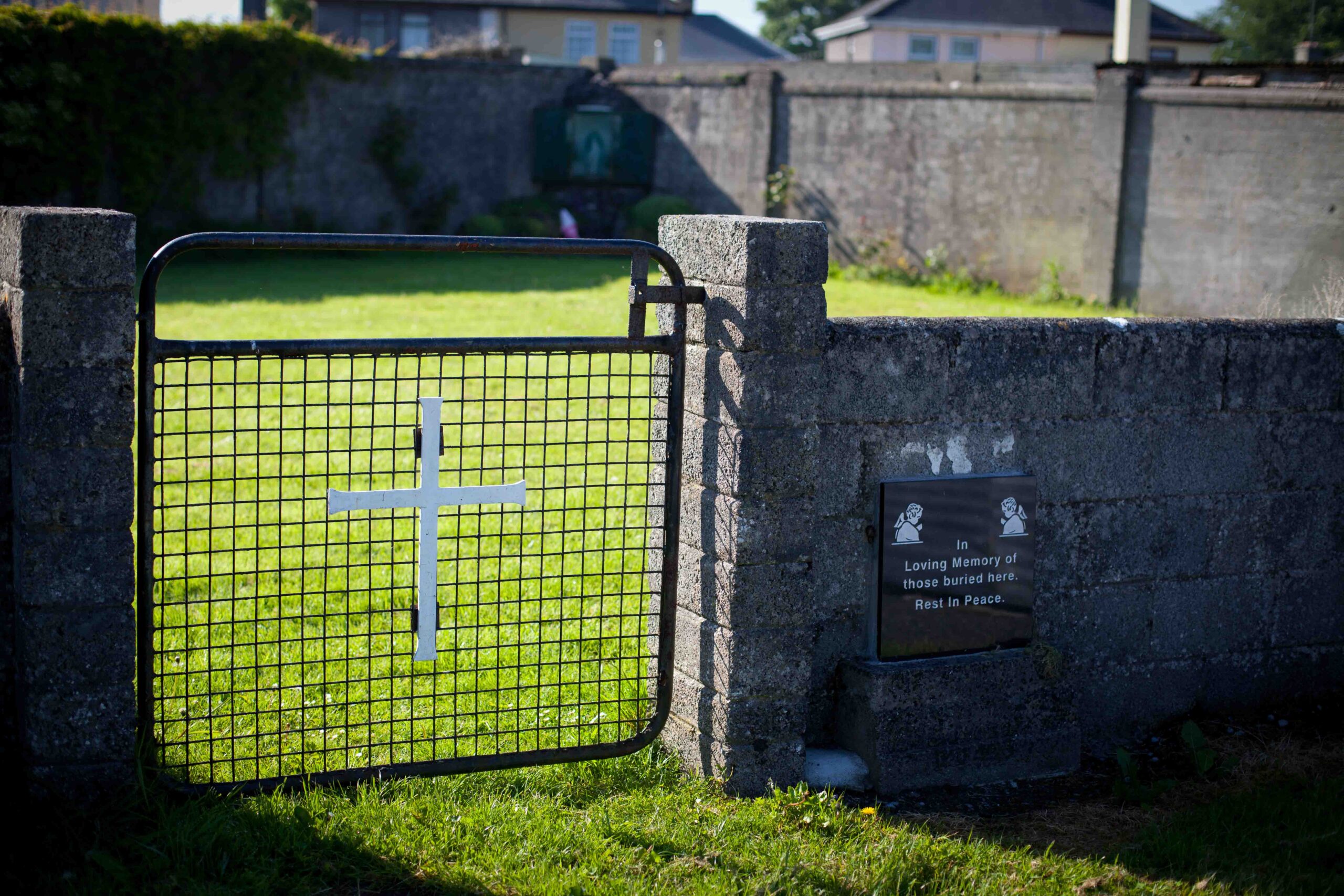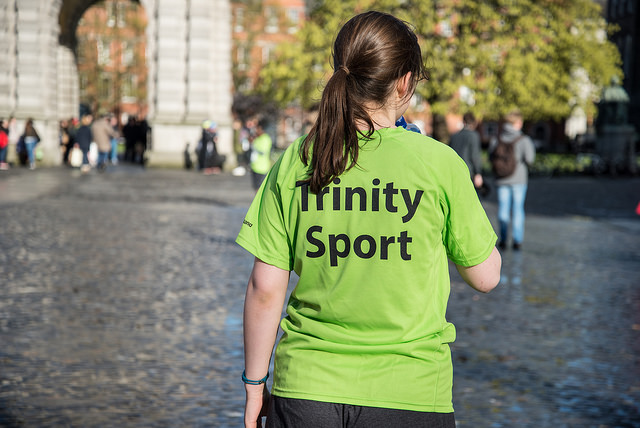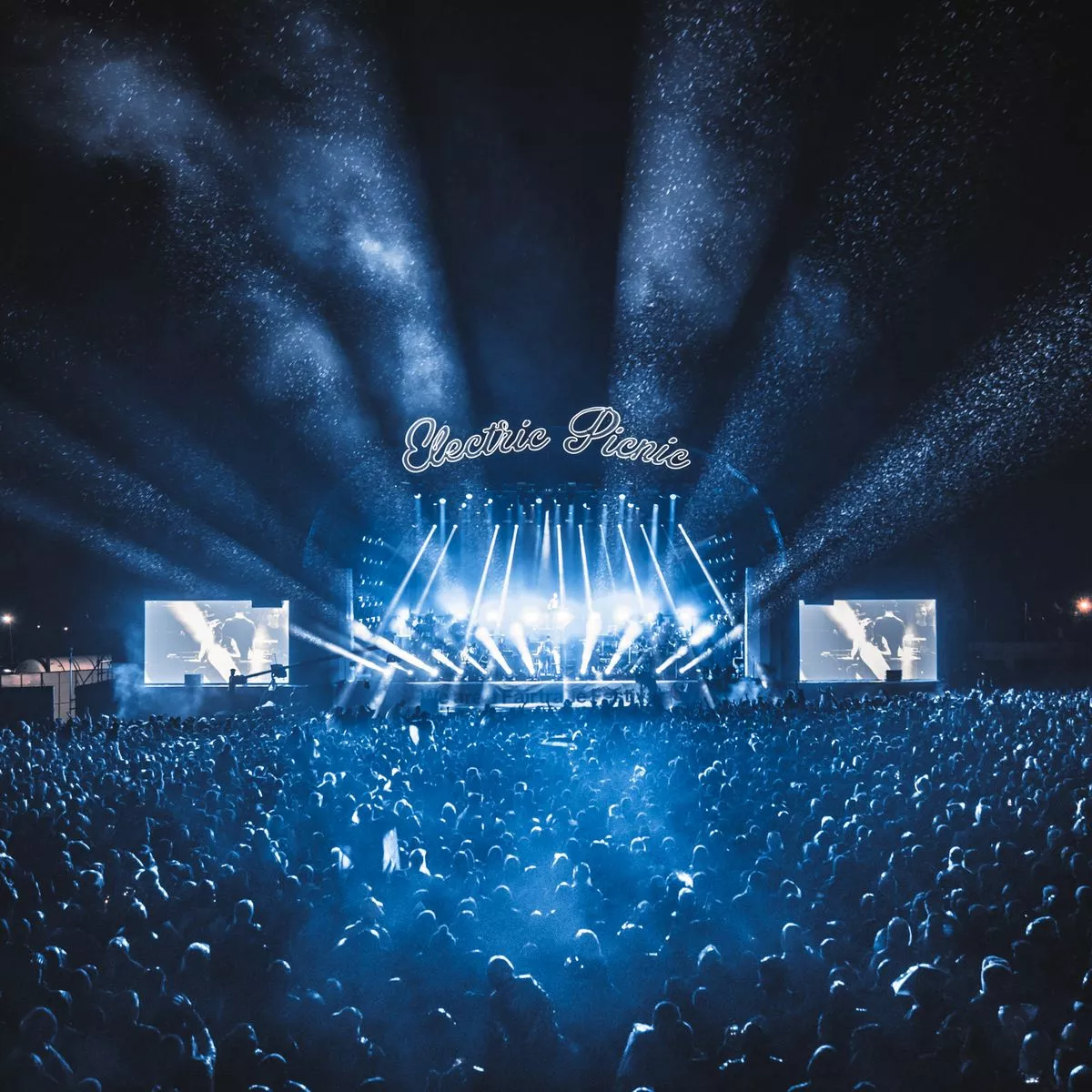I never really knew what a pivotal moment was until I was asked to write about my experience of one. On looking it up, Google informed me that it is a moment in time that changes our world. Immediately, a vision formed to fit that criteria.
As if in a time warp, I found myself back in the summer of 2014 in a site in Tuam, where my research into the Tuam Mother and Baby Home had revealed that up to 800 babies and young children had been repugnantly buried in a defunct sewage tank by the nuns who ran the Tuam Home, the Bon Secours Sisters, between the years 1925 and 1961. The media had picked up on the story, and it was going nationwide.
In that vision, I am standing beside Fr Fintan Monaghan, the Archbishop’s secretary, who has come to the site to see what all the fuss is about. RTÉ News is there to catch a comment from the local clergy regarding this tragedy. I feel a sense of relief that now, at last, the church will come on board. They will take this task in hand, declare their horror, offer an acknowledgement, an apology, and make some sort of posthumous reparation to the babies, survivors, and the mothers who had suffered in this home. But no, this is not happening. In fact, Fr. Monaghan is on the defence! Again, it’s the same old mantra: protect the institution, the church, at all costs.
I cannot believe the words he is uttering to the reporter. I try to grasp the words that fall from his mouth. This is Fr Monaghan’s reply on behalf of our Archbishop, as to how they intend to handle this atrocity, and I quote him: “I suppose we can’t really view the past from our point of view, from our lens. All we can do is mark it appropriately, and make sure there is a suitable place here where people can come and remember the babies that died.”
In other words, his observance was that we cannot judge the morals of our forefathers with our morals of today! That was literally it. The church was not going to get involved except to offer a few prayers. And there it was, my pivotal moment! The voice of the babies in the chambers of the sewage tank cried out to me.
Though raised a Catholic, I no longer wanted anything to do with the Catholic church.
They were given a golden moment to repent of their involvement in this tragic scenario, on the very spot where we stood, where underneath our feet lay the tiny remains of babies and children in the sewage tank. And despite Archbishop Neary’s claims that the church had nothing to do with the running of the home, this is not true.
The church was not going to get involved except to offer a few prayers. And there it was, my pivotal moment! The voice of the babies in the chambers of the sewage tank cried out to me
The Diocese of Tuam had commissioned a chaplain to the home at a yearly salary of £120 to oversee all events – that is, to ensure that those incarcerated there attended mass, confession, and other religious duties: that births, baptisms and deaths were recorded, and that burials were carried out in a Christian manner with the attendance of a priest. The latter never happened. The chaplain would have known this, but of course those babies didn’t matter. In the eyes of the church they were illegitimate, born into sin.
When I started my research into the Tuam Mother and Baby Home back in 2012, I had no idea of the journey I was embarking on. This research was to be for an essay I had been asked to write for the local annual journal of the Old Tuam Historical Society. I didn’t know much about the Tuam Home. I actually thought it was an orphanage run by the kind Sisters of the Bon Secours, a French Nursing Order. Well, that is what we were taught to believe and who could dispute it? The home was guarded on all sides of its seven-acre site by 10-foot-high walls and high boarded gates, where no one entered except for the odd delivery of milk and necessities. I thought I would be furnished with historical records from the Sisters themselves, now long vacated from Tuam, but who had their headquarters in Cork.
Likewise, I believed that the Archbishop of Tuam, Michael Neary, would assist, as would Galway County Council, since they owned the site of the Tuam Home, upon which they had built a large housing estate. How wrong I was. All denied that any records existed and all pleaded complete ignorance of how or where I could go for information. But their resistance only aroused my curiosity, and realising I was now on my own, I ventured forth with utter determination to find answers. (I had done a year long Local History Course from which I learned the tools of research and our excellent Tutor Gabriel O’Connor had instilled in us that if we couldn’t find the answer, we should always ask “why?”).

The site where up to 800 babies and young children were buried by the Bon Secours Sisters.
The most startling evidence I came across was the number of deaths of babies and young children under the care of the nuns – 796 in all – which I discovered in the Galway registration office for births/deaths/marriages. I had assumed those little remains would be buried in the main Tuam Cemetery, just a stone’s throw from the home itself, but no, on examining the cemetery books, not one of the 796 were buried there.
I ventured once again, armed now as I thought with this discovery, to those affiliated to the home, the Bon Secours Sisters, the church, and Galway County Council. I was met with more pleading of ignorance. No one knew about the deaths or where they were interred. Moreover, no one was really interested!
My research drew me to the story that in the 1970s as the housing estate was being built, two local boys playing in the area had come across a sort of crypt with a broken slab underneath which lay multiple little remains. At the time, it was stated by the authorities that they were the remains of famine victims, for after all the home was formerly a workhouse. My mind was now working furiously. I had already been studying 19th-century maps of this area and I knew that the so-called crypt where the remains were discovered was, in fact, an actual working sewage tank at the time of the workhouse.
The sums added up: the 796 were not buried locally nor, indeed, outside of the Tuam area (I had checked those cemeteries as well). Children’s remains had appeared at the sewage tank site, therefore they could not be from the workhouse time. Conclusion? They had to be the home’s babies. Again, even with my proven theory, silence prevailed among those who could – and should – have taken it on board.
It was only when the Mail on Sunday in May 2014 gave the front-page headline: “800 babies buried in sewage Tank in Tuam Home”, that the story came alive and spread across Europe, the US and even to Australia. By this time, I had gathered much evidence on the harsh regime of the Tuam Home, the injustices towards the mothers who gave birth there, and the neglect of the little children and babies. I had met with men and women who had been born in the home and listened to their heartbreaking stories. By 2015, my research and revelations had led to the setting up of the Commission of Inquiry into all Mother and Baby Homes, headed by Judge Yvonne Murphy. Their final report is due out in the next few months.
I spent many long days – which ran into weeks, then months – facilitating the reams of camera crews, documentary-makers and reporters who wanted to know the full story, but I was happy to do so, as they were keeping the story of the Tuam Babies alive. Yet the Bon Secours Sisters, the church, and Galway County Council are still keeping a low profile, hiding behind each other, and all sharing in that same old mantra whenever I approach them: “We are co-operating with the Commission of Inquiry.”
Yet the Bon Secours Sisters, the church, and Galway County Council are still keeping a low profile, hiding behind each other, and all sharing in that same old mantra whenever I approach them: “We are co-operating with the Commission of Inquiry”
I’m often asked if I have faith, but what is faith? A belief? The belief that the Catholic Church teaches us and has crucified us with over the last century? A belief in their man-made rules, regulations and rituals?
When I was a little girl in religion class the nun implored us to visit the blessed sacrament every day, as Jesus was lonely in his Tabernacle. I wanted to shout out that no, Jesus was out there in the fields where I played and always with me in the joy of nature, wind and rain. But I didn’t, as I knew a stampeding nun would annihilate me. Nevertheless, to this day, this is what the church is doing. They have taken over the teaching of the gospels and made Jesus their own, and have institutionalised us into believing that we can only reach our creator through their intervention. They keep Jesus in a box on an elaborate altar.
Mary McAleese, our former president, made more or less the same statement after her interlude in Rome some time ago, and she is correct. I did tag along with the church, went to mass, because that is how I was reared, but there was always a niggling question in my mind concerning how they presented God and about how materialistic they had become. Moreover, I began to find utter contradictions between what they preached and what they practised. I do believe in a greater power than ourselves, a power of goodness and truth, that we can all tap into.
I find this power in solitude. I have learned how to open my mind to it. A quiet walk in nature in the wilds, no matter what the weather, is a good place to start. I know we are not alone. I am told by the “Guardians of the Institution” that I will need them yet, but no, I have taken care of that. Like the great Noel Browne who refused the Last Rites (he had seen through the facade of Archbishop McQuaid), I will be flying away without the kutraments and candles of ritual. I’ll take my chances and believe that the babies will be there to meet me and ferry me over to the great unknown.







